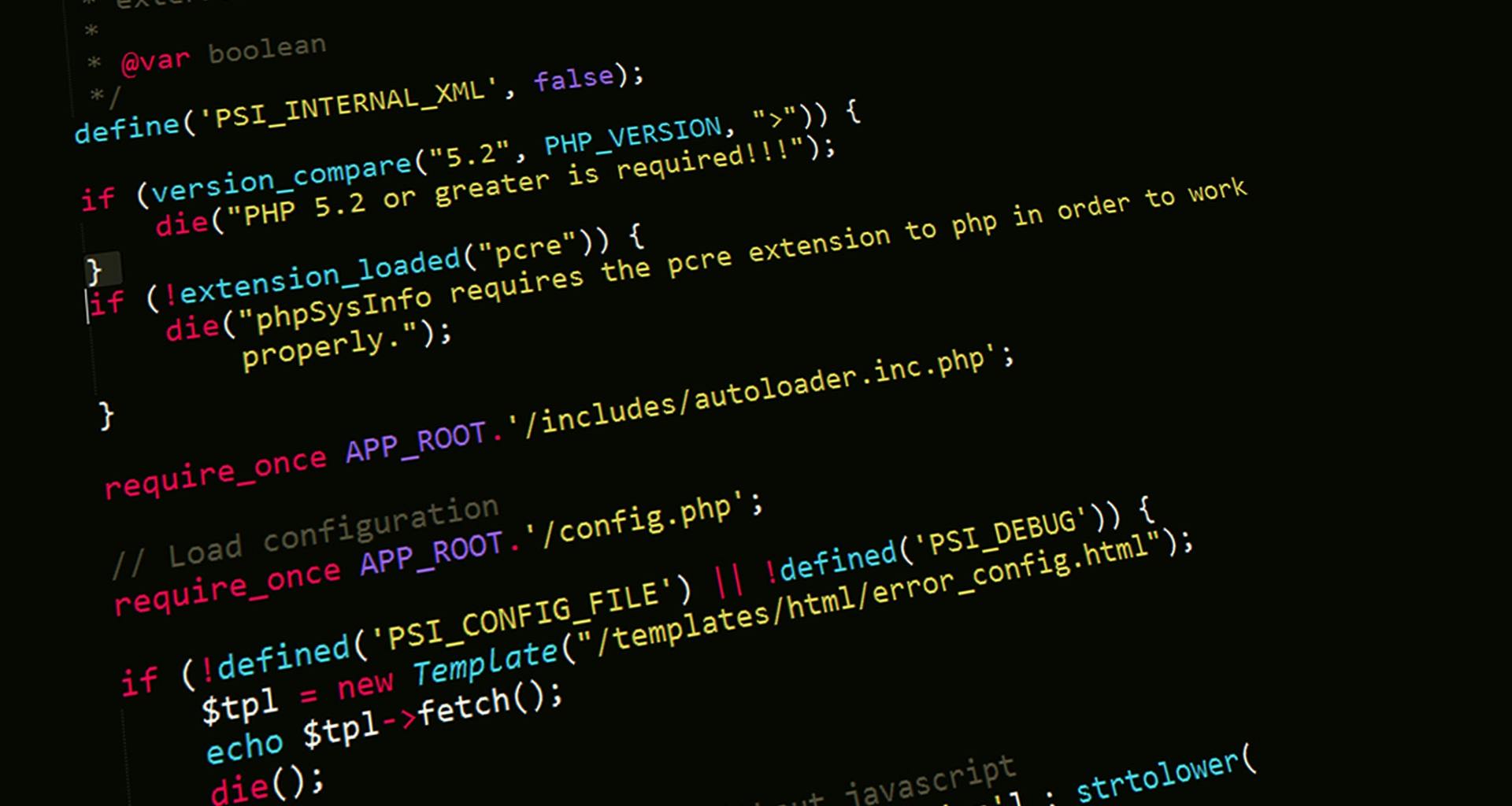Understanding Ambiguous Design Requests: Navigating Vague Project Instructions
In the realm of web development and design, clear communication is crucial to delivering successful projects. Recent experiences underscore the importance of clarifying vague directives, especially when project requirements are not explicitly detailed.
Consider a scenario where a task is simply described as: “Develop the brand’s look and feel.” Without additional context, visual references, or specific guidance, this prompt leaves much to interpretation. Such ambiguity can lead to varying implementations and, potentially, misaligned expectations.
In this case, the developer approached the task by establishing a comprehensive theming system. This system was designed to centralize colors, typography, and styles, allowing effortless application of the brand’s visual identity across the entire application. The intent was to craft a flexible, scalable solution that could adapt seamlessly to future design changes.
However, the project’s stakeholders clarified that the immediate goal was to enhance only the login screen’s appearance using the brand colors. Attempts to extend the theming logic to this specific interface, based on the original solution, resulted in confusion and, ultimately, professional repercussions, including removal from the project.
This situation reveals several key lessons:
- Seek Clarification Early: When instructions are vague, proactively ask for specificity. Understanding whether the scope is broad or focused prevents misaligned efforts.
- Align on Expectations: Clarify whether the task involves a global redesign, specific screens, or certain elements. This alignment helps determine the appropriate approach.
- Communicate Your Plan: Present your proposed solution along with its benefits, such as scalability and maintainability. This transparency facilitates stakeholder buy-in and can prevent misunderstandings.
- Adaptability is Key: Be prepared to adjust your approach based on feedback, ensuring that project goals are met efficiently.
In essence, clear, detailed communication minimizes misunderstandings and enhances collaboration. When faced with ambiguous tasks, stepping back to clarify expectations ensures that your work aligns with project objectives, ultimately leading to more successful outcomes.
How do you handle vague project instructions? Share your strategies for navigating unclear requirements in the comments.

